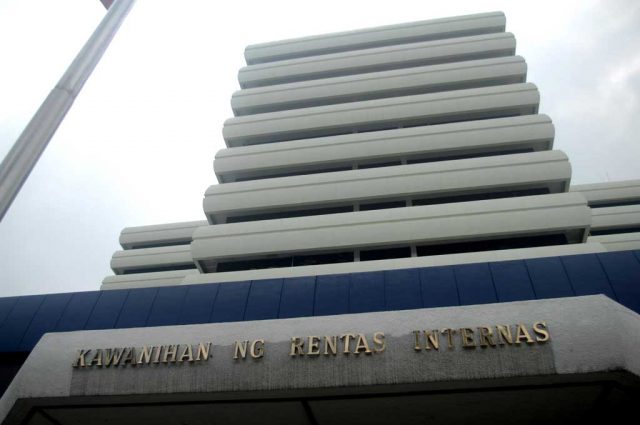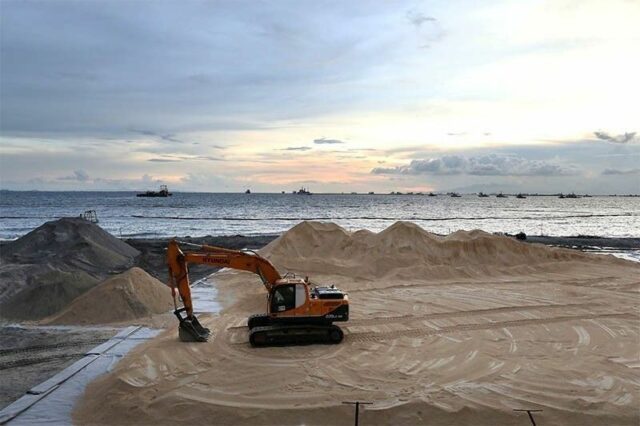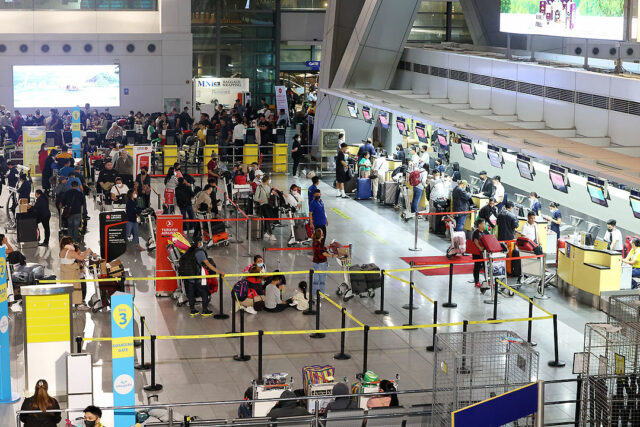Congress pitched on using RCEF for solar irrigation, pest control
THE Department of Agriculture (DA) said on Thursday that it is proposing to tap the Rice Competitiveness Enhancement Fund (RCEF) for use in pest management and solar irrigation programs.
“We would like to also add new components to the RCEF like pest and disease management… and to use if possible RCEF funds for solar irrigation, small water impounding, (as well as) post-harvest machinery and facilities,” Agriculture Secretary Francisco P. Tiu Laurel, Jr. told a Congressional oversight committee on agricultural and fisheries modernization.
The Rice Tariffication Law, (Republic Act No. 11203), funds RCEF from rice import tariffs. It liberalized rice imports but made importers pay a 35% tariff on Southeast Asian grain.
Last month, the government slashed rice tariffs to 15% until 2028 via Executive Order No. 62.
“We need a few more years to ensure that we give the right support through mechanization, to increase production,” he added.
Mr. Laurel said the DA is also hoping to establish a program management office for rice industry development.
He said the DA is planning to harmonize its two rice programs — RCEF and the National Rice Program.
Amendments proposed in the House of Representatives seek to raise RCEF’s annual allocation from tariffs to P15 billion a year from P10 billion currently. They also seek to tweak the way RCEF is spent, with 53% going to mechanization, 28% to rice seed, and the remainder to farm credit and extension services.
Federation of Free Farmers National Manager Raul Q. Montemayor said RCEF should also be more flexible to address location-specific requirements and the preferences of rice farmers.
He added that RCEF should also provide additional funds for common service facilities that farmers can access.
“We are seeing a lot of idle equipment in the field coming from RCEF, because the equipment given to farmers and cooperatives is not being fully utilized,” Mr. Montemayor said. — Adrian H. Halili












